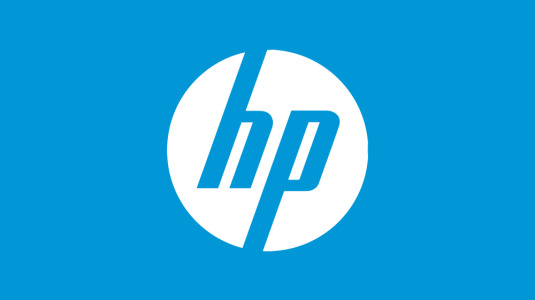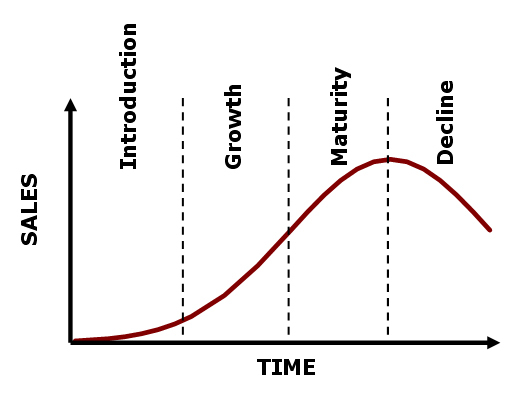Overview of Hewlett-Packard (HP) Company Hewlett-Packard Company (HP) is one of the world’s largest information and technology (IT) companies. It was founded by Bill Hewlett and Dave Packard in 1939. Both of them established Hewlett-Packard (HP) in Packard’s garage which located in Palo Alto, California, USA. First and the foremost, HP is a worlds’ leading PC manufacturer. The creation of these new technologies had brings us a more meaningful impact for the community. This company had offered many products, technologies, software, solution and service for customers, small and medium size of businesses (SMBs) and large enterprises which encompass those customers in the education, government and health sectors. Besides, HP also famous in manufacturing and developing computers, data storage, networking hardware and designing software and sending service. The major product line for the company include those personal computing devices, related storage devices, enterprise servers and also a number of printers andContinue reading
Abey Francis
Product Life Cycle Stages and Marketing Strategies
Under the current competitive marketing environment, how to manage a good marketing strategy for a certain product is quite crucial for an enterprise’s survival and development. Product is the most essential part in the marketing mix. Life cycle for a product is another most important factor which should be identified by an enterprise correctly. To understand product life cycle is very important for marketers when they are planning the marketing strategies for its product. Therefore, as far as the product life cycle is concerned, this article will first illustrate a comprehensive concept about the product life cycle. Following this, the article will analyze the specific marketing strategies which shall be referred by marketers in the marketing process. The Concept of Product Life Cycle Just like everything else, product has its own life cycle too. The theory of product life cycle (PLC) was firstly brought forward and shaped by Professor RaymondContinue reading
Informal Recruitment – Meaning, Advantages and Disadvantages
Informal methods of recruitment and selection always have been into debate among HR experts and consultants across the globe because it is against the standard HR principles and practice. But still it exist because it gives lot of benefits to the employers. Informal recruitment methods generate better selection in the professional and qualified jobs as well when compare to formal methods. If organization hire the employees without following the complete procedure of recruitment and selection then these methods will be called informal methods like walk in interview given by employee without job announcement, applicant refer by existing employees. Word-of-Mouth (WOM) recruitment is commonly used and followed informal method across the globe with irrespective the sector and technology but the percentage vary from country to country. WOM is a reference to passing or communicate the information from person to person. WOM recruitment is getting the references from the current employee, personalContinue reading
How to Develop a Mission Statement
The most common initial act in establishing organizational direction is an organizational mission. The statement that describes the mission talks about the target market and also talks about its strategy to be profitable by providing good customer service through friendly and knowledgeable people. It is essential to look into external influences like labor, conditions, competitors, government rules while considering mission statement. Company’s mission statement should define stakeholders expected return along with the measurement of the performance of the company through those returns. The expected profit too should be included in the organization’s mission. Moreover, the company should come to consensus as to what all areas should be measured like margin growth, efficiency, competitive cost position, product quality, market share etc. A mission statement sets the boundaries for how resources should be allocated and what strategic and operational goals should be set. The mission statement should acknowledge the company’s strength andContinue reading
Competitive Strategies for Business
Competitive strategies are concerned with how a strategic business unit achieves competitive advantage in its domain of activity meanwhile competitive advantage is about how an strategic business units (SBU) creates value for its users both greater than the costs of supplying them and superior to that of rival SBUs. An SBU can have lower costs than its competitors or it can have products or services that are so exceptionally valuable to customers that it can charge higher prices than competitors. There are two basic criteria that can help in identifying appropriate SBUs: Market-based criteria and Capabilities-based criteria. For Market-based criteria, if the parts of an organization are targeting same types of customers through the same sorts of channels and facing similar competitors, they might he regarded as the same SBU. As for Capabilities-based criteria, if they have similar strategic capabilities then the parts of an organization should only be regardedContinue reading
Profit Maximization Objective of a Firm
In the conventional theory of the firm, the principle objective of a business firm is to maximize profit. Under the assumptions of given taste and technology, price and output of a given product under competition are determined with the sole objective of maximization of profit. Profit maximization refers to the maximization of dollar income of the firm. Under profit maximization objective, business firms attempt to adopt those investment projects, which yields larger profits, and drop all other unprofitable activities. In maximizing profits, input-output relationship is crucial, either input is minimized to achieve a given amount of profit or the output is maximized with a given amount of input. Thus, this objective of the firm enhances productivity and improves the efficiency of the firm. The conventional theory of the firm defends profit maximization objective on the following grounds: In a competitive market only those firms survive which are able to makeContinue reading


